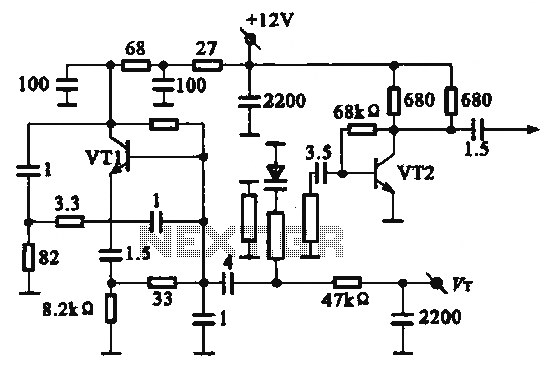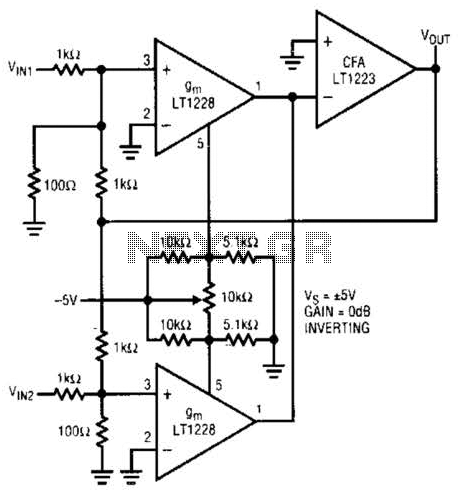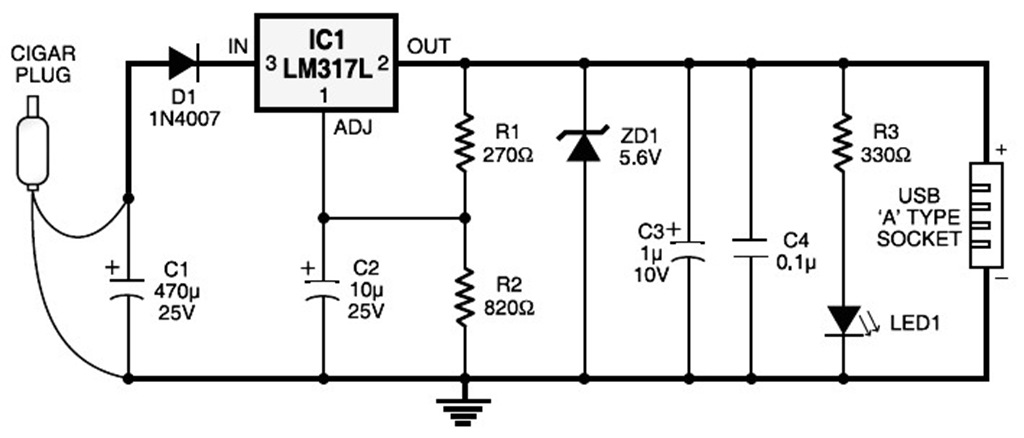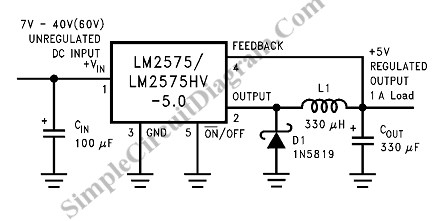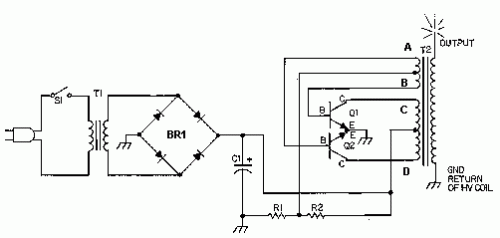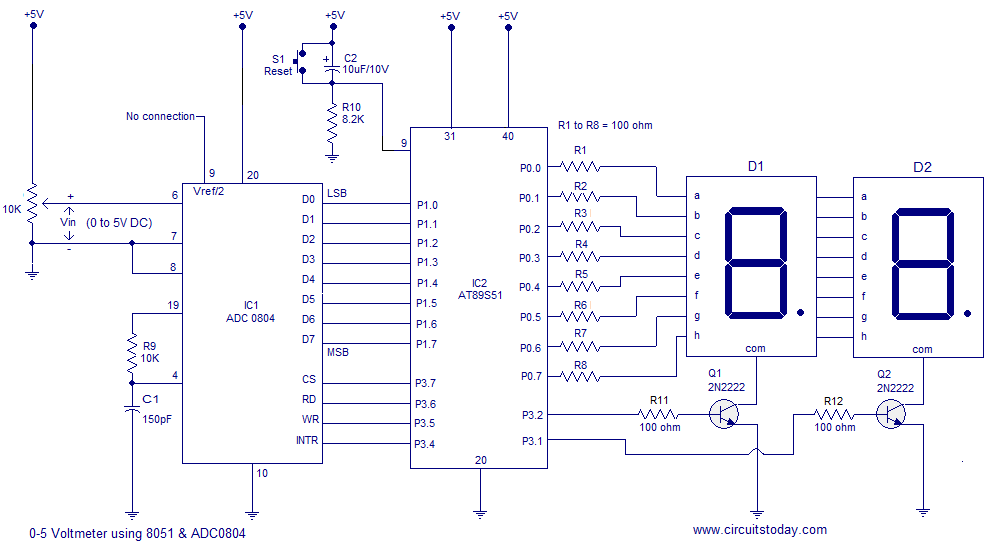
Dog Repellent Circuit

The electronic dog repellent circuit diagram below is a high-output ultrasonic transmitter primarily intended to act as a dog and cat repeller.
The electronic dog repellent circuit utilizes a high-frequency ultrasonic transmitter to emit sound waves that are unpleasant to dogs and cats, effectively deterring them from approaching certain areas. The core component of this circuit is typically a piezoelectric ultrasonic transducer, which converts electrical signals into ultrasonic sound waves that are inaudible to humans but can be perceived by animals.
The circuit may include a microcontroller or timer IC to control the operation of the transmitter, allowing for the adjustment of the frequency and duration of the ultrasonic pulses. A power supply, often a battery or a DC power adapter, provides the necessary voltage and current for the circuit operation. Additional components such as resistors, capacitors, and diodes may be included to filter and stabilize the output signal.
When activated, the circuit generates ultrasonic waves at a frequency often ranging from 20 kHz to 65 kHz. This frequency range is effective in repelling dogs and cats, as it falls within their hearing range but is above the threshold of human hearing. The design may also incorporate a motion sensor to trigger the ultrasonic waves only when an animal is detected, thereby conserving power and enhancing the efficiency of the device.
Overall, the electronic dog repellent circuit is a practical solution for managing unwanted animal presence in specific areas, leveraging ultrasonic technology to provide a humane deterrent.The electronic dog repellent circuit diagram below is a high output ultrasonic transmitter which is primarily intended to act as a dog and cat repeller, wh.. 🔗 External reference
The electronic dog repellent circuit utilizes a high-frequency ultrasonic transmitter to emit sound waves that are unpleasant to dogs and cats, effectively deterring them from approaching certain areas. The core component of this circuit is typically a piezoelectric ultrasonic transducer, which converts electrical signals into ultrasonic sound waves that are inaudible to humans but can be perceived by animals.
The circuit may include a microcontroller or timer IC to control the operation of the transmitter, allowing for the adjustment of the frequency and duration of the ultrasonic pulses. A power supply, often a battery or a DC power adapter, provides the necessary voltage and current for the circuit operation. Additional components such as resistors, capacitors, and diodes may be included to filter and stabilize the output signal.
When activated, the circuit generates ultrasonic waves at a frequency often ranging from 20 kHz to 65 kHz. This frequency range is effective in repelling dogs and cats, as it falls within their hearing range but is above the threshold of human hearing. The design may also incorporate a motion sensor to trigger the ultrasonic waves only when an animal is detected, thereby conserving power and enhancing the efficiency of the device.
Overall, the electronic dog repellent circuit is a practical solution for managing unwanted animal presence in specific areas, leveraging ultrasonic technology to provide a humane deterrent.The electronic dog repellent circuit diagram below is a high output ultrasonic transmitter which is primarily intended to act as a dog and cat repeller, wh.. 🔗 External reference
